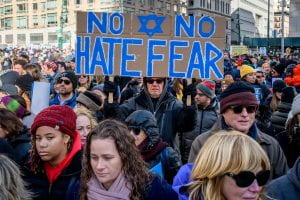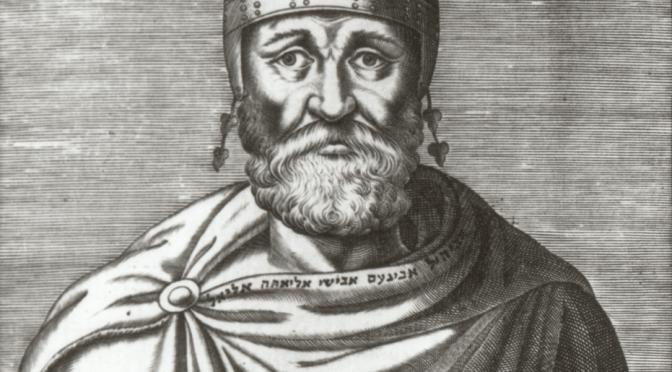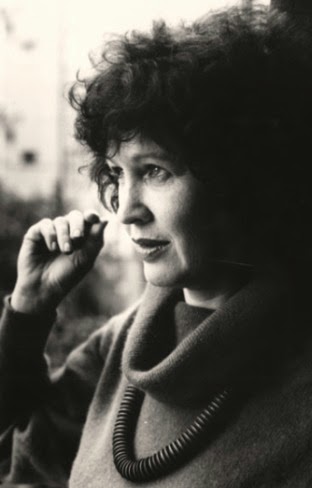Please join the Jewish Studies Workshop for a presentation by:
Adi Shiran (PhD Student, Divinity School, The University of Chicago)
“Where did the serpent meet Eve? On an unusual interpretation of Saadia Gaon and its history”

With a response by:
Rachel Katz (PhD Student, Divinity School, University of Chicago)
Monday November 15, 2021 at 5:30 PM Central
To Join the Zoom meeting, click here
(Meeting ID: 922 8712 5385 / Passcode: 107586)
Please note there are no materials to read in advance. Abstract:
Questions about the locations in which specific events took place are common in exegetical literature. One such question is: Where did the serpent meet Eve? Or, in other words, was the location of their meeting inside the Garden or outside of it? This question is related to other ancient debates: Where was Adam created? Was Eve created at the same place, and where were the animals created? When was the Garden created? And did animals inhabit it when God gave the order “to dress it and to keep it” (Gen 2:15)?
In his commentary on Genesis 3, Saadia Gaon argues that Eve left the Garden and met the serpent outside of it. This argument might not seem unreasonable, but it is highly unusual. The Rabbinic sources that predated Saadia usually stress that the serpent was inside the Garden when he met Eve. Saadia, however, believes that Eve had to leave the Garden to meet him. In fact, the question itself regarding the location of the meeting is absent from the Rabbinic sources. Why then does Saadia even raise such a question, and why does he offer such an unexpected answer?
This paper will attempt to explain Saadia’s choice not to adopt the typical Rabbinical view and argue that a combined examination of the Judeo-Arabic tradition and the Muslim one sheds light on Saadia’s interpretation. This examination will show 1. That Saadia’s interpretation is not original in the general context of Arabic-written exegetical literature, and 2. That his choice in a divergent opinion might involve certain theological and polemical considerations.
To support these arguments, I will examine some key ideas that circulated in the medieval Jewish and Muslim exegetical traditions. The Judeo-Arabic commentaries which will be explored are those of Saadia’s younger Karaite contemporaries Ya῾kūb al-Qirqisānī and Yefet ben Eli. The interpretations they offer to the “location question” are mostly yet unpublished. The Qur῾ān commentaries which will be examined in this context are those of al-Māwardī and al-Jubbā᾿ī.






